It was Thanksgiving weekend. Six thousand miles away, people were eating turkey and mashed potatoes, sharing what they were grateful for and passing out on couches with the dull roar of football playing in the background.
I was doing none of those things… because I was in Slovenia.
I’ll be honest. “I’m in Slovenia” is not something I ever imagined I would say—except for that one time I met a Slovenian soccer player while on vacation in Mexico and was convinced for a day that I would marry him. And yet there I was. There we were. My husband, Michael (who does not play soccer), and I were wandering around the quaint, slightly damp cobblestone streets of Ljubljana, Slovenia’s capital. And though we missed Thanksgiving, I felt distinctly grateful. Not only for the fairy tale city we had just stepped into, but because I’d just heard one of the best sales stories of my life.
Before I go any further, I should tell you something. Stories are my life. They are my work, my currency, the way I see the world. I told my first story when I was 11 years old. And ever since that day, stories have followed me, sought me, and now I spend my days speaking about using stories strategically and teaching others to tell theirs.
Related: How to Tell Your Story
In fact, stories are the reason I was in Slovenia. I was invited from the U.S. specifically to speak to nearly 1,000 marketing and brand managers, media execs, and advertising creatives from across Eastern Europe on the power of storytelling in business.
So you can imagine the irony, or at the very least the intrigue, when I—the story expert—witnessed the greatest story coup of all time.
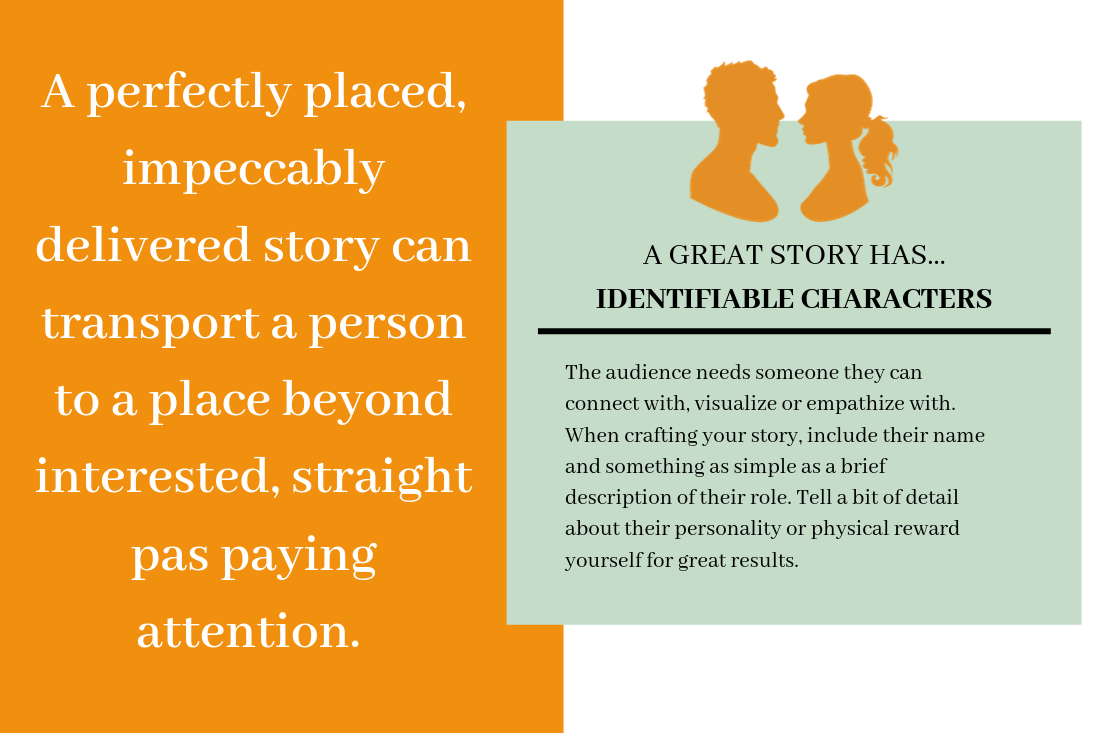
It happened in the evening hours of that late November weekend. Though Slovenians don’t celebrate Thanksgiving, the city was festive and alive as they celebrated the beginning of the holiday season with an annual tree-lighting ceremony. Michael and I walked among thousands of Slovenians enjoying local wine, chestnuts roasting on the open fires of street vendors, and more wine. The night sky was dark, the air was wet and chilled, and the streets glowed with soft, warm light from the Christmas décor suspended between every building. The faint sound of carols echoed from the city center, and the shop windows lining the streets sparkled, calling to us, inviting us to come in and explore.
Well, that’s not entirely true. The shop windows were calling to me, not us. Shop windows do not call to Michael, because Michael does not shop. He doesn’t window-shop, online-shop, bargain-shop, or anything-shop. He purchases almost no things. The elastic waistband of his underwear disintegrates before Michael buys another pair. He, in fact, may not even have a wallet.
As our European trip progressed, this fundamental difference in our shopping preferences developed into a rather repetitive conversation.
Me: Oh! A local designer’s boutique. Let’s check it out!
Michael: [Acts as if he didn’t hear me. Keeps walking.]
Me: Oh! A local rug-maker’s shop. Let’s check it out!
Michael: [Doesn’t hear me. Keeps walking.]
Me: Oh! Everything in that shop is made of cork. Let’s check it out!
Michael: [Pulls out his cell phone, though it doesn’t work. Keeps walking.]
Me: Oh! Fresh bread!
Michael: [Takes a deep breath of baked-bread air. Keeps walking.]
This didn’t offend me for two reasons. One, I’m used to it. And two, we had only brought two carry-ons for this weeklong trip. Not even the softest piece of bread would squeeze into our luggage, so I didn’t put up much of a fight.
Until that night. Until I saw the shoes. There, sitting proudly in one of the gloriously lit windows, was a pair of show-stopping shoes. They were silver. And sparkly. Glittery even. And perhaps it was all the wine (and lack of bread), but in that moment, I couldn’t resist any longer. Before he knew what was happening, I dragged an unsuspecting Michael into an upscale boutique on a Ljubljanan side street.
Inside, the store was an eclectic mix of products, from watches and jewelry to art and clothing. I made a beeline for the shoes and left Michael to fend for himself.
To my great dismay, up close the shoes were atrocious. Blinding. I immediately felt a deep sense of guilt for abandoning Michael at the first glimpse of glitter. I ran back toward the front of the store where Michael was trying to hide behind a rotating tower of perfume bottles. Just as I was about to grab him and head outside to the safety of the cobblestones, a very ambitious twentysomething Slovenian sales clerk appeared, as if from thin air, from behind the fragrance counter, just inches from where Michael was standing and called to him.
“Excuse me, sir. Were you looking for a scent?”
Oh, no, I thought. Oh, this poor kid is so far off.
Michael was most definitely not looking for a scent. Not only because looking for a scent would imply purchasing a scent—which we’ve already covered—but because Michael does not wear cologne. Ever. He’s not a scent kind of guy. He was only near the scent counter because he needed someplace to stand-slash-hide.
Which is exactly what I started to tell the salesman, but he didn’t seem to care. Instead, he delicately removed a navy-and-white striped box from an upper shelf of the display.
“This is our best-seller,” he stated, his fingers (unusually long, I noticed) gently framed the box. We braced ourselves to be spritzed against our will.
But the salesman didn’t even open the box. Instead, he put the unopened package down on the glass countertop and, with the slight smile of a man who knows what he’s doing, began.
Eight & Bob
“This… is Eight & Bob,” the salesman said.
“In 1937, a young, handsome, American college student was touring the French Riviera. At 20 years old, there was something special about him. All who met him could sense a rising star.”
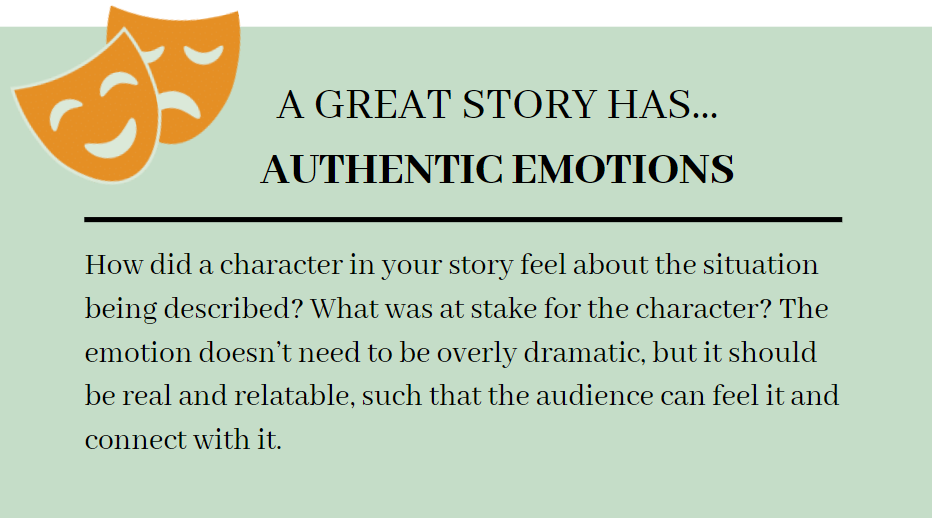
The young clerk paused to see if we were listening. We were.
“One day this young man was out and about the town when he encountered a Frenchman by the name of Albert Fouquet, a Parisian aristocrat and perfume connoisseur.
“Of course, the young man doesn’t know this. All he knows is the man smells incredible. Being quite charming, the ambitious American convinces Fouquet, who never sold his scents, to share a small sample of the irresistible cologne.”
I glanced at Michael. He had yet to blink.
“As you can imagine, when the young man returned to the States, others were entranced by the scent as well, and if he wasn’t irresistible before, he certainly was now. The young man knew he was on to something, so he wrote to Fouquet, imploring that he send eight more samples ‘and one for Bob.’ ”
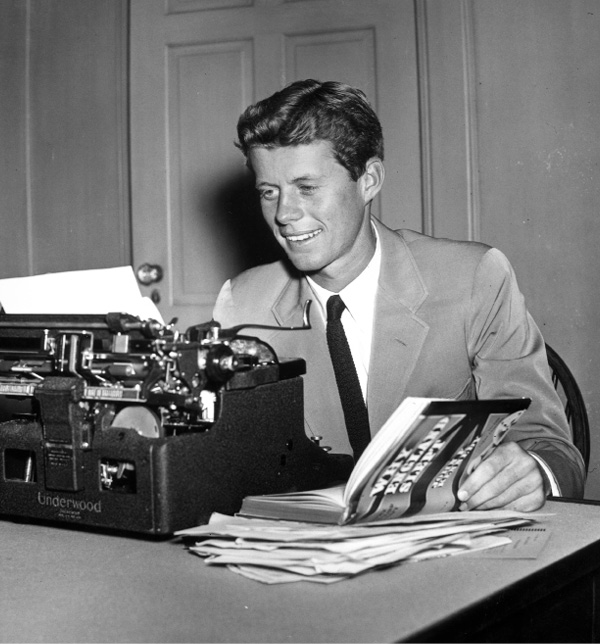
Though he didn’t say anything, Michael’s face asked the question the clerk answered next.
“You see, Bob was the young man’s brother. And the young man, well, you probably know him as John. Or simply J.”
The clerk’s voice trailed off before the end of the sentence, and Michael, as if he had just discovered One-Eyed Willy’s pirate treasure, whispered, “FK.”
“Yes.” The clerk nodded. “The young man in question was none other than John F. Kennedy. And the sample was for his brother, Robert.”
At this point, I was no longer a participant in the interaction (if I ever was) but rather a spectator. While I wanted to know how the Eight & Bob story ended, I was more interested in the story that was happening before my eyes.
“This is JFK’s cologne?” Michael said with wonder.
“Indeed, it is.” The clerk continued. “Of course, as you know, international relations weren’t always easy between the United States and France. And though I am no history expert, I do know that shipping bottles of cologne became increasingly more difficult. So, in order to protect the final shipments from the Nazis, the last few bottles were hidden—”
The clerk paused and looked at Michael, whose mouth may or may not have been hanging open.
“In books.” On that cue, the clerk opened the box he’d pulled from the shelf so long ago. In the box was a book. He opened the book. And there, nestled inside the pages that had been perfectly cut away to frame its contents, was a beautiful crystal bottle of cologne.
At that moment Michael said three words I’ve never heard him say before.
“I’ll take it.”
A Story Changes Everything
At this point one thing has become clear to me: My husband has been kidnapped and replaced with an impostor. A cologne-buying alien. A cologne, to be clear, Michael hadn’t even smelled yet.
Truly, though, I know better. There is nothing alien about what happened to Michael in that Slovenian shop. In fact, his response to the clerk’s efforts was the most human thing that could have happened.
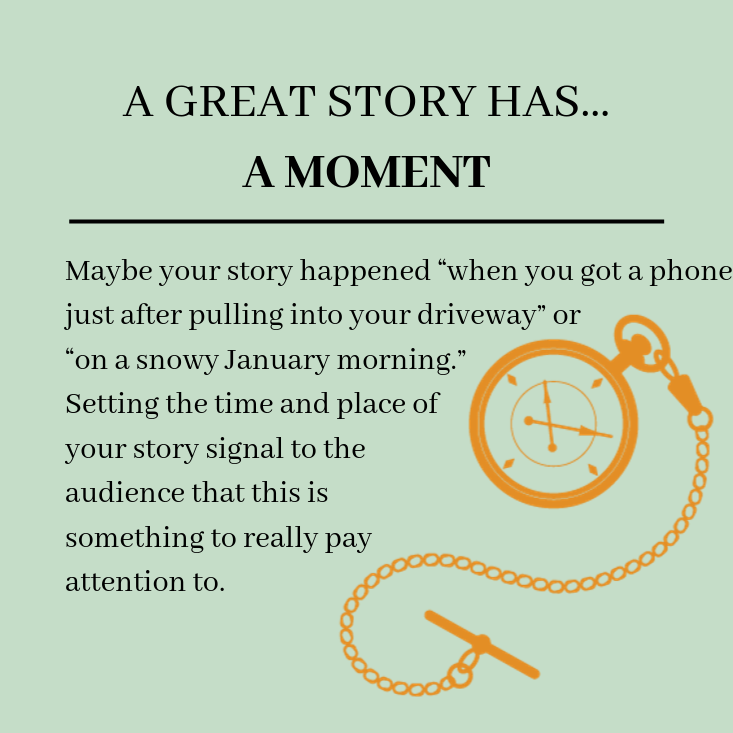
Because stronger than a man’s desire to keep his wallet closed, more charming than JFK himself, is the irresistible power of a story. A perfectly placed, impeccably delivered story can transport a person to a place beyond interested, straight past paying attention, and into a state of complete captivation. The “can’t look away” kind. The “oh shoot, I just missed my exit” kind. In these moments of story we are, like my husband that evening, seized in a way that feels almost beyond our control.
There’s a reason it feels that way. As we’ll see, when it comes to a great story, we really can’t help ourselves. From the moment the sales clerk in that boutique began to tell the Eight & Bob story, a shift happened in us: a shift in our understanding, a shift in our desires.
This is the shift so many of us seek. Far beyond buying a bottle of cologne, the shift a story can make has a profound impact on business. It turns customers into converts. It transforms employees into evangelists. Executives into leaders. It changes the nature and impact of marketing, and perhaps most importantly, it can change how we see ourselves.
How that shift happens and how you can create it by harnessing the power of storytelling.
Back to Slovenia
As fate would have it, the only bottle of Eight & Bob in the boutique that night was the sample we saw on the shelf. We couldn’t even buy it. In his excitement to tell us the story, the clerk neglected to see if he had any in stock. But our inability to bring a bottle home in no way diminished Michael’s enthusiasm. In fact, it fueled it.
My typically even-keeled husband was suddenly charged. As we left the boutique and I began a search for our next spot to drink wine, Michael spoke and gestured with the fervor of an impassioned European. He marveled over the great packaging of the product, so perfectly aligned with the story. He imagined the rare scent being snuck past the Nazis, and mysterious books containing hidden bottles of cologne someday sitting on the Resolute Desk.
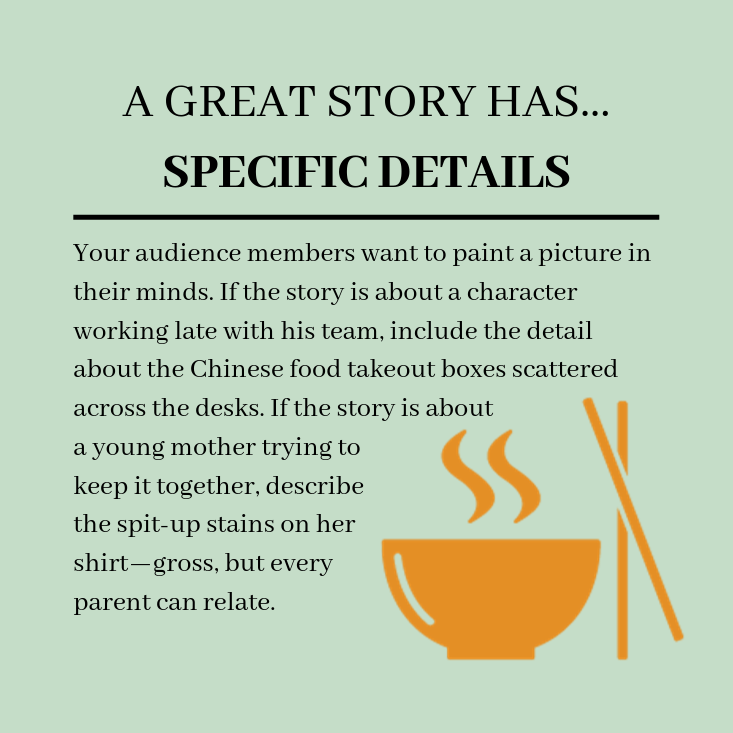 “We should try to get the distribution rights for North America,” he said. “This stuff is amazing. Everyone should know about it.”
“We should try to get the distribution rights for North America,” he said. “This stuff is amazing. Everyone should know about it.”
Keep in mind: Never once did we talk about what the cologne actually smelled like. It didn’t matter. By the time we returned to our hotel that evening, we’d decided to go back to the store the next day in case a shipment arrived before we had to catch our flight home.
When we arrived the next morning, the sales clerk from the previous evening was gone. In his place, a middle-aged woman explained they were still out of Eight & Bob.
I was curious. “Can you tell us anything about the cologne?”
“Let’s see,” she mused. “There are five different scents in the product line. Uh,” she struggled, “they use unique plants from, um, France. It seems very popular. The packaging is nice.” Then she ran out of steam. That was it.
The difference between the two experiences was shocking. As if yesterday we’d accidentally stumbled into a boutique staffed by magicians and overnight it had been transformed into a 7-Eleven.
Shocking. But not uncommon. In my work I see this messaging tragedy on a daily basis. Sales teams struggling to communicate the fascinating story of the solution they represent. Agents who miss the mark trying to effectively engage potential customers. Companies whose cultures wither instead of thrive because their leaders can’t articulate the stories of why they do what they do.
The good news is that no amount of wizardry is required to solve this problem. Storytelling has the power to change how everyone in business thinks, feels, and behaves, and how you can use that power yourself.
And though I highly recommend Ljubljana during the holidays, no trip to Slovenia is required. You just need to learn how to identify and tell great stories.
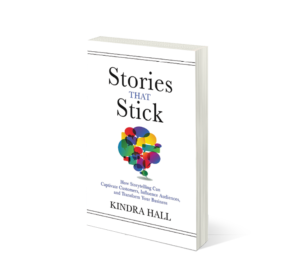
Taken from Stories That Stick by Kindra Hall Copyright ©2019 by Kindra Hall. Used by permission of HarperCollins Leadership, www.harpercollinsleadership.com.
This article originally appeared in the November/December 2019 issue of SUCCESS magazine.
©Kara Beth Nixon











